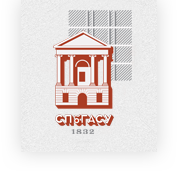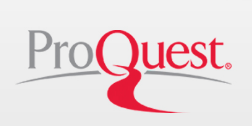Teaching English Translation of Traditional Chinese Medicine Terminology: Lasswell's 5W Model Perspective
DOI:
https://doi.org/10.63313/LLCS.9052Keywords:
TCM Terminology, English Translation Teaching, International Communication, Standardization, Cross-CulturalAbstract
The English translation of Traditional Chinese Medicine (TCM) terminology is a crucial step in the international dissemination of TCM. Its accuracy directly impacts global understanding and acceptance of TCM culture. From the perspective of Lasswell's 5W Model, this paper explores the current state, challenges, and optimization strategies in teaching the English translation of TCM terminology. The study finds that current teaching practices face issues such as insufficient standardization of terminology, barriers in cross-cultural communication, and a shortage of qualified instructors. By analyzing domestic and international terminology translation standards, cross-cultural communication theories, and practical teaching cases, this paper proposes strengthening terminology standardization, optimizing teaching methods, cultivating interdisciplinary talent, and leveraging new media technologies to enhance communication effectiveness. The research provides theoretical support and practical pathways for the internationalization of TCM education.
References
[1] Zheng, W. Q., Wu, Q., & Li, J. (2021). Research status and hotspot analysis of traditional Chinese medicine communication in China based on CiteSpace. Chinese Journal of Medical Library and Information Science, 30(9), 24–31.
[2] Zhou, E., & Su, L. (2022). Trends, issues, and prospects in English translation of traditional Chinese medicine terminology. Chinese Journal of Integrated Traditional and Western Medicine, 42(6), 754–759.
[3] Jiang, J. B. (2023). Reconsidering the standardization of traditional Chinese medicine ter-minology translation. Chinese Journal of Basic Medicine in Traditional Chinese Medicine, 29(6), 1004–1007.
[4] Pan, X. Y., & Zhou, E. (2024). Challenges and strategies in the international communication of traditional Chinese medicine culture: A case study of English translations of Lianhua Qingwen capsule instructions. Chinese Medicine Modern Distance Education of China, 22(3), 124–127.
[5] Su, H., & Wang, Y. Q. (2024). The history of TCM terminology translation and Chi-nese-English dictionary compilation: An interview with Professor Li Yanwen. Chinese Medicine and Culture, 19(2), 97–106.
[6] Lasswell, H. D. (1948). "The Structure and Function of Communication in Society." The Communication of Ideas, 37-51.
[7] McQuail, D., & Windahl, S. (2015). Communication Models for the Study of Mass Commu-nications. Routledge.
[8] Severin, W. J., & Tankard, J. W. (2014). Communication Theories: Origins, Methods, and Uses in the Mass Media. Pearson.
[9] Wiseman, N. (2000). Translation of Chinese medical terminology: A source-oriented ap-proach. University of Exeter Press.
[10] World Health Organization. (2007). WHO international standard terminologies on tradi-tional medicine in the Western Pacific Region. WHO Press.
[11] Li, Z. G. (2008). International standard Chinese-English basic nomenclature of traditional Chinese medicine. People’s Medical Publishing House.
Downloads
Published
Issue
Section
License
Copyright (c) 2025 by author(s) and Erytis Publishing Limited.

This work is licensed under a Creative Commons Attribution-ShareAlike 4.0 International License.















